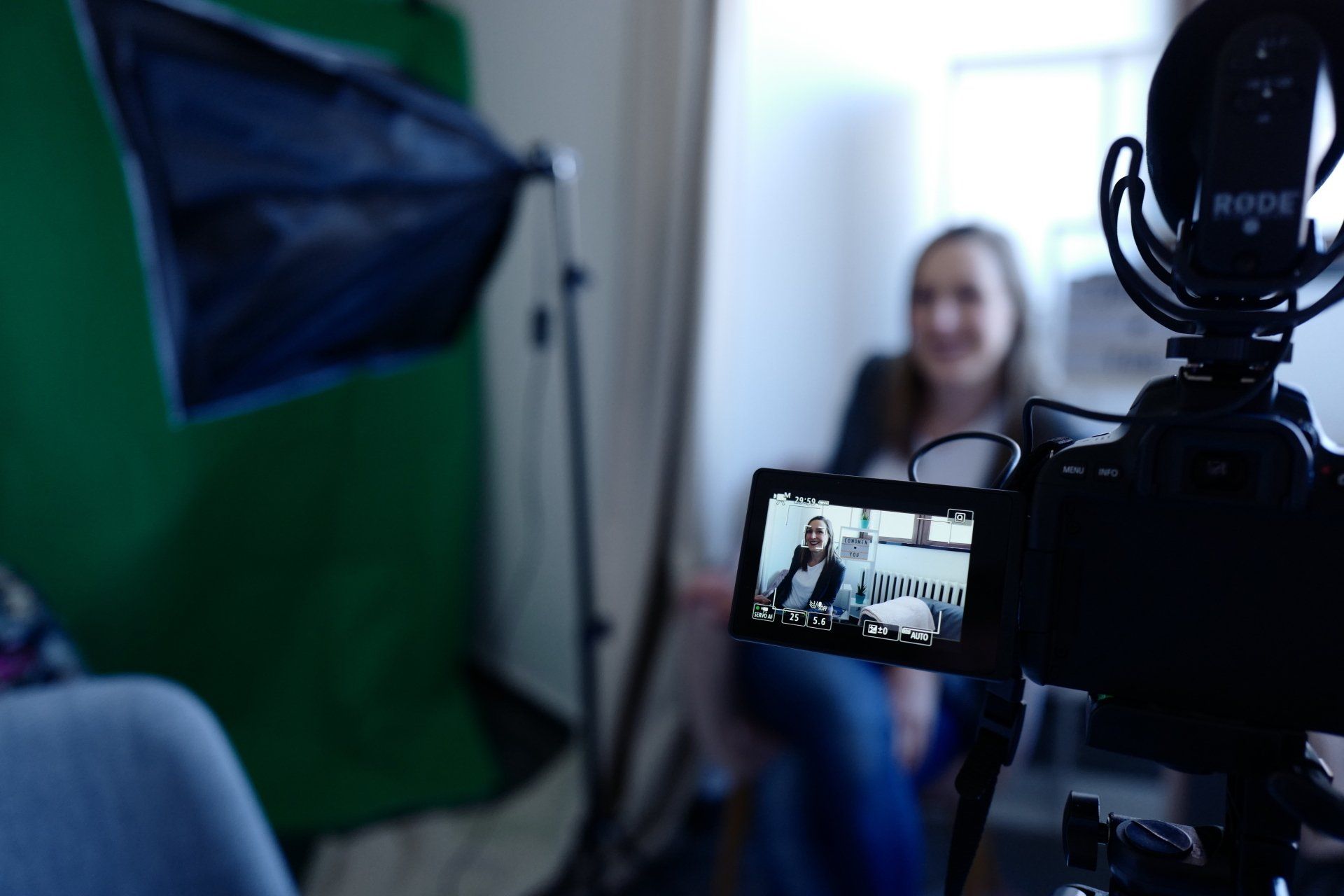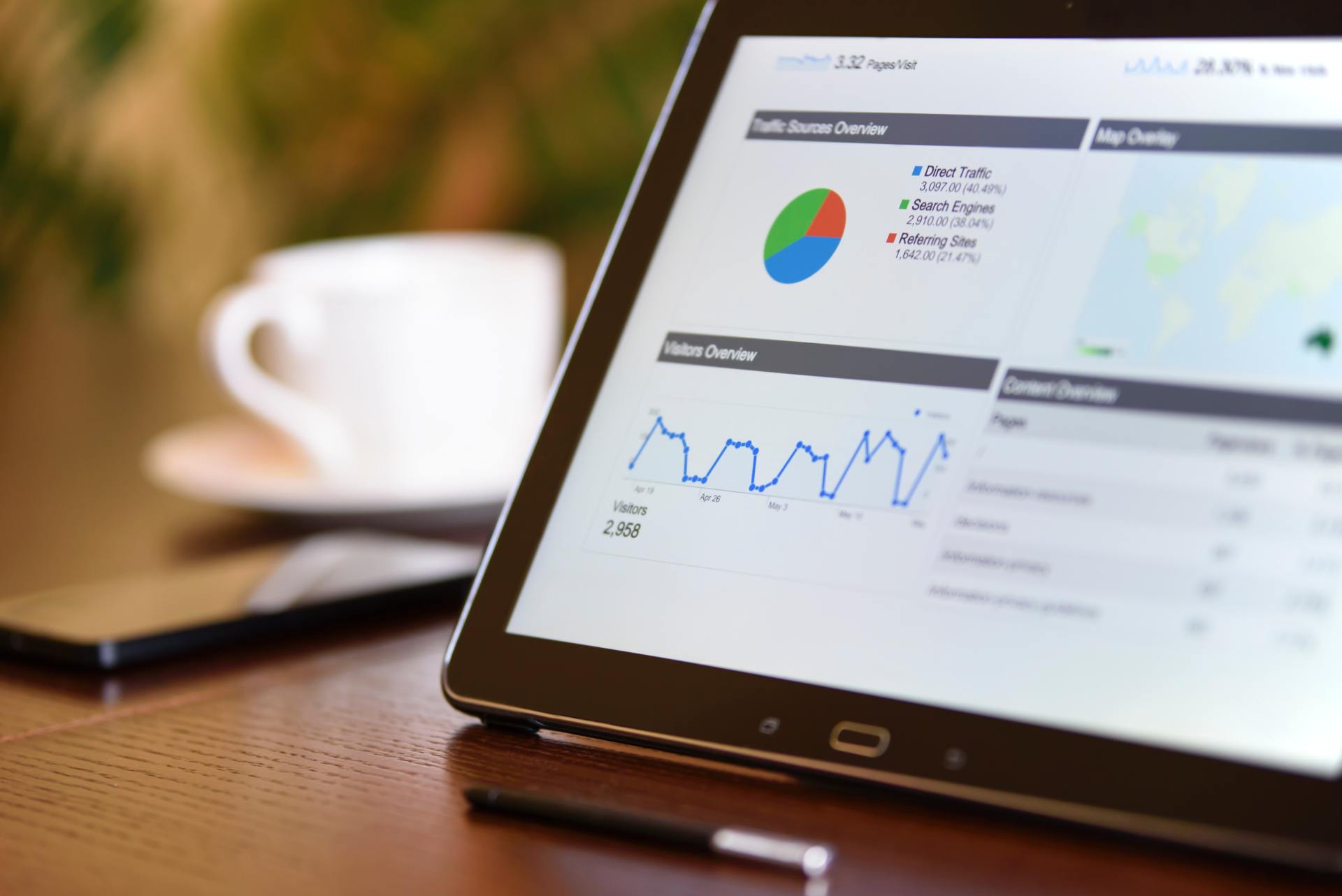
Planning and performance management processes... you either love them or hate them. They are a beautiful thing when they create unified focus and alignment across your company. They can also be incredibly frustrating, consume a tremendous amount of time...and have little benefit! In this executive briefing we would like to introduce you to The One Page Business Plan, what it is, how it works and why it may be useful to you and your company. We hope you find the techniques we have developed over the last seventeen years and used with thousands of business owners and executives to be helpful. We have learned that the concepts of One Page Planning work equally well in large companies like Disney, Oracle, America Online and Morgan Stanley as they do with small to mid-market companies. The process also works incredibly well with non-profits, hospitals, school districts and government agencies. Most of us have no shortage of good ideas! The issue is which ideas are we going to act on? Learn how to say no to “good ideas”...yours, and your employees’. You only have time, money and resources to execute against the “great ideas”. The great ideas can be written on the back of an envelope. They are memorable! They catalyze people and businesses. Planning doesn’t need to be complex! Keep it simple! Jim Horan President The One Page Business Plan Company Download the Full Report: Download

The Sales Funnel Explained As a funnel or sieve analogy suggests, there are several identifiable stages in product marketing wherein a buyer (and/or seller) chooses to stay involved or to leave. The items below give a general feel for considerations at each stage of the funnel. We like our clients to understand what is involved so they can work together with us to more quickly determine the right lead-generating recipe for their business. Each situation is different (e.g., different products, competitors, markets, timing, tools available). So, like putting together a new recipe, intelligent experimentation is needed to determine the right proportions at the right times to get a tasty result. Efficiently doing this takes experience, talent, time ... and, yes, often a little magic. The subtleties of modern marketing are often challenging for a business focused on juggling what it takes just to get a good product out the door. This is where we can make a big difference -- by providing front-line marketing expertise most small businesses cannot find or afford. Attention The first job is to find and get the attention of good suspects, i.e., people with the qualifications to potentially become good prospects. This is a typically inefficient activity since one is dealing with at least partially unknowns, like who exactly is a good prospect and when are they ready, willing, and able to buy. Luckily modern Internet tools and good guerrilla marketing are much less costly than using classic tools such as advertising and direct mail. Repetition is usually important. Most prospects need to see an opportunity several times to actually "see it" and to get comfortable enough to pursue the subject further. Adequate branding makes repetition more effective by helping a prospect recognize and get comfortable with a product on at least a subconscious level. In practice, it often takes several online and offline components coming together harmoniously to gain any marketing momentum. For example, even if the Internet content and search engine optimization (SEO) is perfect a small new website can take time to get highly ranked by search engines. Therefore, other effective online (e.g. social media) and offline (e.g., signs, advertising, PR) means must be found to get prospects' attention to even get them to look at a website. Over time a "good" website should start attracting more and more good prospects on its own. Even so, creative continuing offline and online efforts will keep paying off in increased profits. In the Attention Stage is where you are trying to attract prospective prospects, also known as suspects. Interest One good thing about SEO is that the looker (prospective prospect) at least has some interest in the subject. After all, the looker selected related words in a search box and responded to the site's description assuming it was ranked high enough for him or her to even see it. Even once found lookers usually just glance at a web page then move on. What they see in the first second or few must attract their interest enough to stick around. Good offline material that brings lookers online is a tool which helps them stay on a site long enough to actually see what it says. Extreme clarity is vital at this stage since without it lookers will immediately drop off. Making a site too confusing or fancy (many designers love this because it is what they really "do" rather than marketing) is a typical problem we have seen kill businesses. Designing a clear site is a talent, like good writing, that is not all that common. Building enough relevant, useful and interesting website content is also needed to build a good site. Such content will further involve serious prospects and will help search engine ranking. Initially, a new site will start with just a few pages and then can be flushed out over time more good ideas are developed. At the Interest Stage, you begin filtering out prospects from the suspects. At least they are somewhat interested. Rough Fit Helping the prospect quickly decide if a particular opportunity may fit or not is critical and most prospective prospects are filtered out here. When using Internet tools this rough filtering activity happens quickly (probably under 60 seconds) whether the seller wants the prospect to stick around or not. Usually, this is best accomplished by focusing on a very few basic emotional appeals or benefits. Sometimes it can be accomplished by indicating price range or key features, though this approach can risk losing real prospects who have set arbitrary constraints on their personal filters. Rough filtering can help the seller too. Like the prospect, the seller certainly does not want to waste time interacting with prospects that don't fit, at least not during business hours. Both Prospect and seller, very likely, would prefer making progress toward personal goals rather than jawboning with strangers. By the end of the Rough Fit Stage, most inappropriate suspects have been filtered out leaving only prospects. Since stages are a somewhat arbitrary concept, in practice moving from a suspect to a prospect to a lead usually involves more than one stage. Desire Providing enough depth so that a prospect can thoroughly understand the product builds desire. Emphasizing the basic emotional appeal of your product ... pictures, videos, stories, testimonials all help. Emotional appeal and benefits are far more important than price and specifications at this stage. If the prospect does not truly "desire" the benefit, then price and specifications (which can help build trust) are irrelevant. If the prospect has a strong desire which the product can provide then price and specification barriers can often be worked out later. Giving plenty of excellent free information is a good way to build desire and comfort level. The Internet is a very cost effective tool to accomplish desire. But, keep in mind that just giving away information to build desire is not the only goal. You also want the prospect to become a lead for your particular product rather than to move on to a competitor carrying the enhanced desire you just built. The Desire Stage is roughly where a prospect starts becoming a lead. Trust Every buyer wants to make, at the least, a good, fair deal. Intelligent sellers looking for repeat business and referrals do too! Obvious clarity, honesty, and depth help build the trust needed for a good prospect to take action. An intelligent prospect will likely check out the competitors, so you need to give him/her the rational and emotional reasons to trust your business. He/She will also be looking a the number and variety of details you present that indicate whether she/he can trust your business to meet her need. Providing credible content that answers most questions and keeps the prospect around long enough to feel comfortable is very helpful. Solid graphic design also suggests that your company is credible. It doesn't have to be fancy, but it should fit the product category and support the company image. All this helps, consciously and subconsciously, build emotional trust. Make it obvious why your business is likely to be better than its competitors. If you can accomplish this, then the Trust Stage is where a prospect becomes a presold lead, also known as a prospective customer. Connect Depending on the particular business, making a positive personal connection is important to solidify the preselling which online and offline media has hopefully accomplished. This can be a critical point of failure. People want to buy from nice competent people who they like. For many customers, this is even more important than price and is most certainly the case when price and product are otherwise comparable. Therefore be extra careful to make a good first impression and continue making further interactions just as good. Pay attention to your person-to-person contacts or your lead won't like your company and can easily move on to a competitor who is nicer. Basically, selling continues the process of pre-selling which brought the good lead to your business. When you have plenty of good leads for a good product the fun begins. Most well-trained nice people like interacting with and helping prospective customers when there is an excellent product fit. The Connect Stage is where a pre-sold, warmed up lead is converted into a prospective customer. This is where personal selling begins. Don't forget to pay attention to this stage or you will lose many a good lead. First Sale Depending on the product, personal selling is still needed even when you have a good lead. Many products are complex enough that more than just order taking is needed. In such situations, a low-key, consultative style is usually the best approach for all involved. That is the best way to find out and answer all the questions and to customize a perfect fit. The First Sale Stage is where a prospective customer becomes a real customer. Don't hard sell, that scares good leads away, but make it very easy to buy. Repeat Sale Due to the high costs of creating a brand new customer, most of a business's profit usually will not come from first sales. The best profits come from repeat sales or referral sales where excellent leads magically arrive near the end of the funnel almost completely "sold." Therefore it well pays to do what it takes to make a happy customer out of each new customer your leads funnel generates. Do it at a profit. Otherwise, you are not selling the right product at the right price, but be certain to do it if you want a healthy growing business. Success! Getting to the Repeat Sale Stage means that both "you and your customer have made it." And, a happy customer is a profitable customer in more ways than one. Marketing System Example: Click Here Orignial Article Complements of: G.M. Sullivan

Social Media Influence As dollars continue to shift away from traditional media, social is anticipated to receive the highest increases in expenditures, according to Ad perceptions (eMarketer), with 47% of marketers and agencies expecting to increase social investments this year. As brands increasingly leverage social channels, here are a few suggested practices to drive social influence more effectively. Create Conversations Over Content In order to create conversations over content, as a content publisher you need to be able to hear what is being said. Marketing today is a technology based discipline, and it must be understood and used properly to reach and engage your audiences. Inspiring consumers to have conversations about their experiences with your products is essential to help drive additional purchase decisions. Social listening technology is vital to understand the content of existing brand advocacy, which will allow you to partner with your customers to provide fresh and relevant content based on that information. Source Influence From People Who Love Your Brand There is segment of consumer influencers in a wide variety of technologies and products, who, based on their readership are engaged by brands to help with overall brand or product development. Before considering that path, you should use your confirmed existing customer base from customer lists and segment those by product preference, and then create reward programs to acknowledge an interaction with your brand and products. You can allow response to content over various social networks and combined with your listening platform build new and enthusiastic word of mouth company and product awareness at the street level. It is an Absolute to Think Long-Term The principles that apply to any content marketing program, the main one being that it takes time to develop and nurture an audience is the same for any social media plan. The typical marketing metrics like impressions and CTRs are not applicable to these strategies. Plan on a long term strategic plan whose central component is a consistent presence. Recognize and Reward Your Influencers Brands of all types, from the smallest to the largest often take their customers for granted. If you engage customers in a social media campaign make sure that you have reward programs in place to provide recognition and thanks for their loyalty. If you fail to provide this recognition, they will take their loyalty elsewhere. Social Influence is Here to Stay It is a human trait to share experiences and if you have any doubts that this is not true: Facebook. Facebook proves that humans want their friends to know what they are having for dinner and then some. This word of mouth is where things get bought, word of mouth is the absolute best advertising for any product, period. As a result, there is a technology platform designed to accomplish every type of social media strategy, there is. Every marketer needs to know how to apply the appropriate technology to a particular social media strategy that is being used to get their consumers involved in co-creating content that will expand their business and keep their customer’s loyal.

Jump-Starting Your Campaign with an Internet Movie Whether you’re a seasoned marketer or just getting started building a business, you’ve done a lot of thinking about what makes your company different from the rest. The tricky part is getting your customers’ attention, and motivating them to do business with you. Maybe you have a small marketing department, or no marketing staff at all. If you’re running a small business, you probably employ just a few people wearing several different hats. You’ve probably sketched out a marketing message and brainstormed about events, campaigns, new products, and promotional. But how can you bring everything together into one strategy that will capture new customers—without breaking the bank? Creating a short Internet movie is a great way to start. Today’s technology puts affordable, high-quality media in reach even for small businesses. An Internet movie lets you speak directly to the customer, and get your message across in a short amount of time. With powerful images, sound, and narration, you can reinforce your message and brand and make sure your customers notice you, and remember you. But making your movie is only a first step. You can’t just shoot a video or create a funny animated story, upload it to the Web, and expect customers to find it or respond. You need to make it part of a bigger strategy. Follow up on your movie with a web seminar—or Webinar. A Webinar is a powerful, low-cost way to interact with large numbers of prospects from anywhere. You can deliver a more in-depth marketing message, and interact with your audience with polling and chat features, learning more about them as they learn about you and your company. After a prospect has attended the Webinar, you can offer to talk about their specific project, or maybe create a free estimate. Whether they accept immediately or not, you have established a relationship with them, and they understand what you and your company are all about. You can tie in your video and your Webinar to any other initiatives that you have, like direct mail, telemarketing, or special events or trade shows. And you can track your success with reporting tools and reports. Each of these initiatives can reinforce the other, and since they’re all part of a common strategy, you can keep your messaging and branding consistent. If you’re running a small business, your company might not have all in-house skill needed for online marketing. But a one-stop partner like can provide the technology and design services you need. And more importantly, they can work with you to build a strategy that’s aligned to your business.












